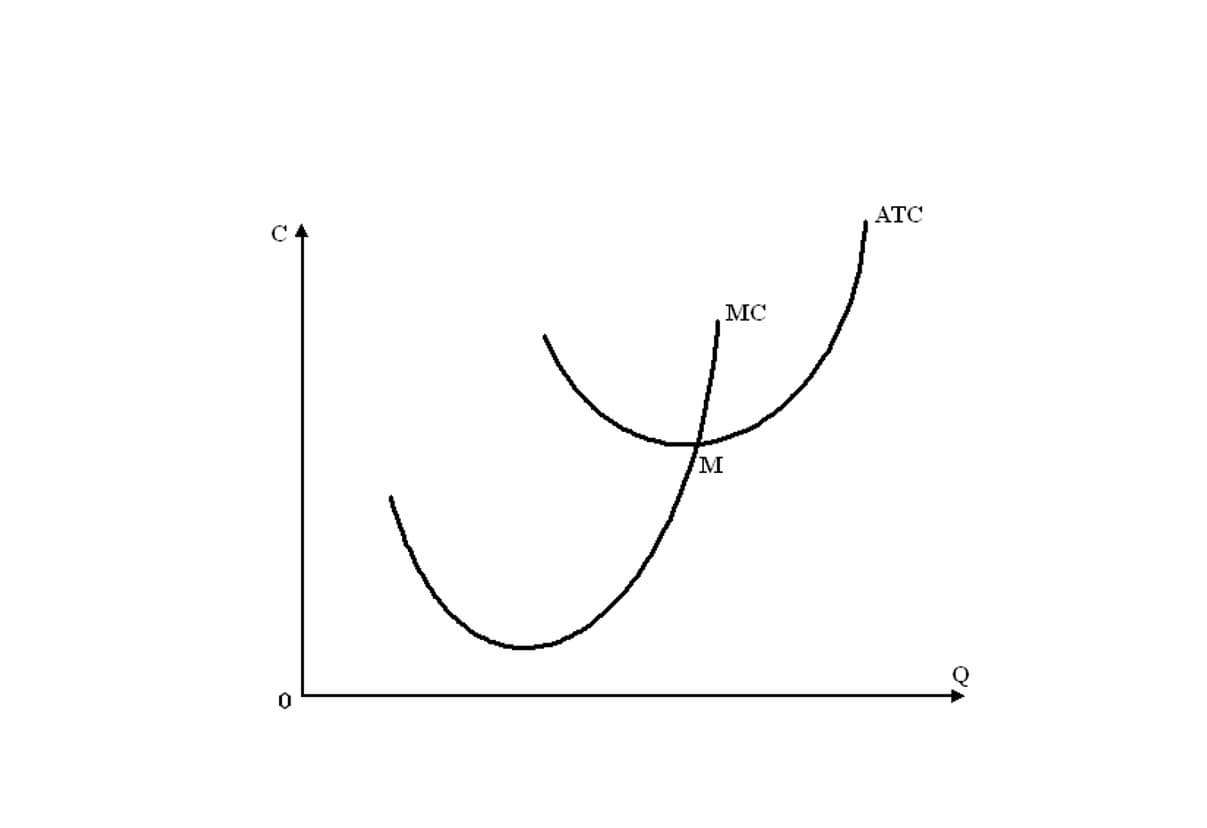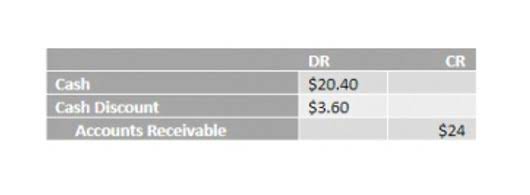
This special report tells you about the things your business owns and what it owes to others, as well as how much value your business has for its owners. One key thing to pay attention to is the amount of money your company keeps for future use, which can show how stable your business is and how much it might grow. An increase or decrease in revenue affects retained earnings because it impacts profits or net income. A surplus in your net income would result in more money being allocated to retained earnings after money is spent on debt reduction, business investment or dividends. Any factors that affect net income to increase or decrease will also ultimately affect retained earnings. During the year the company incurred a net loss of $120,000 after deducting all the expenses.
Is Insurance an Expense? How It’s Treated in Accounting
Retained earnings, on the other hand, are found under the “Shareholders’ Equity” section of the balance sheet. This section represents the owners’ stake in the company, including capital contributed directly by shareholders and accumulated profits. The clear segregation of these two categories on the balance sheet underscores their different roles in a company’s financial structure. This separation reinforces that retained earnings are an equity component, distinct from any form of liability. A balance sheet contains a wealth of financial information for a small business owner. The balance sheet contains two columns; the left column indicates the firm’s assets and the right column indicates the firm’s total liabilities and retained earnings, or owners’ equity.
Understanding Current Liabilities
Retained earnings are shown on a company’s balance sheet, which provides a snapshot of its financial position at a specific point in time. On the balance sheet, retained earnings are listed within the equity section, alongside other equity components like common stock and additional paid-in capital. This placement reinforces their identity as part of the ownership stake in the business, not as an asset. Current liabilities are listed within the Liabilities section of the balance sheet, typically ordered by their maturity, with the most immediate obligations listed first. Retained earnings are found within the Equity section of the balance sheet, usually presented alongside other equity accounts like common stock. Retained earnings represent the cumulative net income of a company that has been kept within the business rather than distributed to its shareholders as dividends.
What are Retained Earnings? The Powerful Financial Metric You Need to Know

Alternatively, the company paying large dividends that exceed the other figures can also lead to the retained bookkeeping and payroll services earnings going negative. Retained earnings accumulate all profits and losses from when a company starts operating. However, it also deducts dividends from those amounts before reporting them on the balance sheet. Essentially, these include the distribution of income for a period to shareholders. Retained earnings are the accumulated net income of a company since its inception, less any dividends paid out to shareholders.
Payroll Taxes Explained
Current liabilities are prominently listed under the “Liabilities” section of the balance sheet. This placement visually groups all short-term financial obligations that the company must satisfy within the upcoming year. For instance, accounts payable and short-term debt would appear here, showing the amounts owed to external creditors. This section indicates the company’s immediate financial commitments to outside parties.

Corporations typically maintain detailed retained earnings accounts as part of their formal financial reporting. This transparency is essential because corporations often have many shareholders and regulatory requirements. Retained earnings reflect the company’s capacity to generate profits that are reinvested rather than paid out.
- Negative retained earnings, sometimes called accumulated deficits, signal cumulative losses and financial distress.
- Retained earnings serve as a critical source of internal financing for various business needs.
- The balance of retained earnings changes with the company’s profits or losses and dividends paid to shareholders.
- This is logical since the revenue accounts have credit balances and expense accounts have debit balances.
- A company with consistently mounting retained earnings signals that it’s profitable and reinvesting in the business.
What happens if retained earnings increases?
Choices about pricing, cost control, investment, dividend policy, and debt management all impact net income and retained earnings. Strategic decisions aimed at growth may reduce short-term profits but increase retained earnings long-term. Changes in retained earnings https://www.timebangla.com/2021/12/03/23060 are reported in the statement of retained earnings or the equity section of the balance sheet.
Management and Retained Earnings

Holders of common stock elect the corporation’s directors and share in the distribution of profits of the company via dividends. If the corporation were to liquidate, the secured lenders would be paid first, followed by unsecured lenders, preferred stockholders (if any), and lastly the common stockholders. The 2-for-1 stock split will cause the quantity of shares outstanding to double and, in the process, cause the market price to drop from $80 to $40 per share. For example, if a corporation has 100,000 shares outstanding, a 2-for-1 stock split will result in 200,000 shares outstanding.
- Similarly, it denotes the shareholders’ rights to a company’s assets after liquidation.
- This figure is a cumulative total, reflecting all profits kept within the company since its inception, minus any losses and dividends paid out over that same period.
- This placement highlights that retained earnings represent a part of the owners’ claim on the company’s assets, stemming from accumulated profits.
- Yes, a company can have negative retained earnings when its cumulative losses exceed its cumulative profits over time.
- You can find retained earnings under the category of shareholder’s equity on your balance sheet.
- When these amounts accumulate for several periods, they go to the retained earnings account.

They represent a portion of a company’s accumulated profits, while current assets are resources a company owns that can retained earning asset or liability be converted into cash or used within a short period. Understanding the distinct nature of these concepts is fundamental to interpreting a company’s financial health. This article clarifies the differences by defining each term and explaining their roles within financial statements. Retained earnings are consistently classified as an equity account on the balance sheet, not an asset. While a company’s profits do increase its assets, such as cash or inventory, the retained earnings account itself is merely a record of where those increased assets originated.
